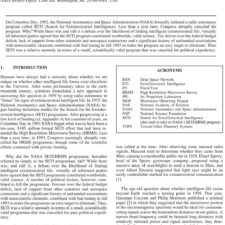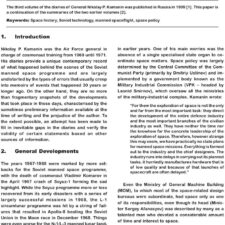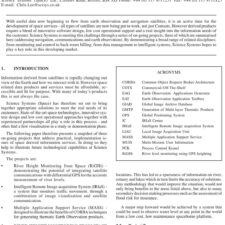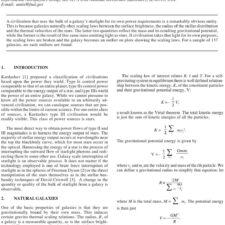New Method of Terraforming
£5.00
A. Kangi (2004), JBIS, 57, 67-70
Refcode: 2004.57.67
Keywords: Terraforming, Mars, impact of a large asteroid, South Pole of Mars
Abstract:
For three decades, the desire to turn Mars into a habitable planet has led to the presentation of several imaginative and amazing assumptions. They have generally been postulated with the presupposition that there is a sheer volume of frozen CO2 on the South Polar cap of the planet. Based on these hypotheses, by employing appropriate engineering techniques to evaporate CO2 available in the South Polar cap, there exists the possibility of gradual change in the planet’s climate. However, recent discoveries connected with locking of CO2 in the Martian South Pole indicate that these astonishing assumptions appear to have reached a deadlock. Currently, exploiting potentialities in the solar system might be the key to initiating terraforming on this red planet. Provided that spacecraft capable of producing very powerful gravity are designed, by being put into the orbit of asteroids and comets, they might deviate these orbits and eventually make them collide with the surface of Mars. Such collisions which will be followed by earthquakes and volcanic eruptions can disperse an awful lot of greenhouse gases in the planet’s atmosphere, which in turn will increase the temperature of the planet. Following these phenomena, by formation of oceans and thickening of the atmosphere, a condition roughly similar to the Earth’s precambrian Era is expected to predominate over the planet. These changes might pave the way for accomplishing terraforming on the red planet.





